25 Beloved Foods That Almost Never Made It
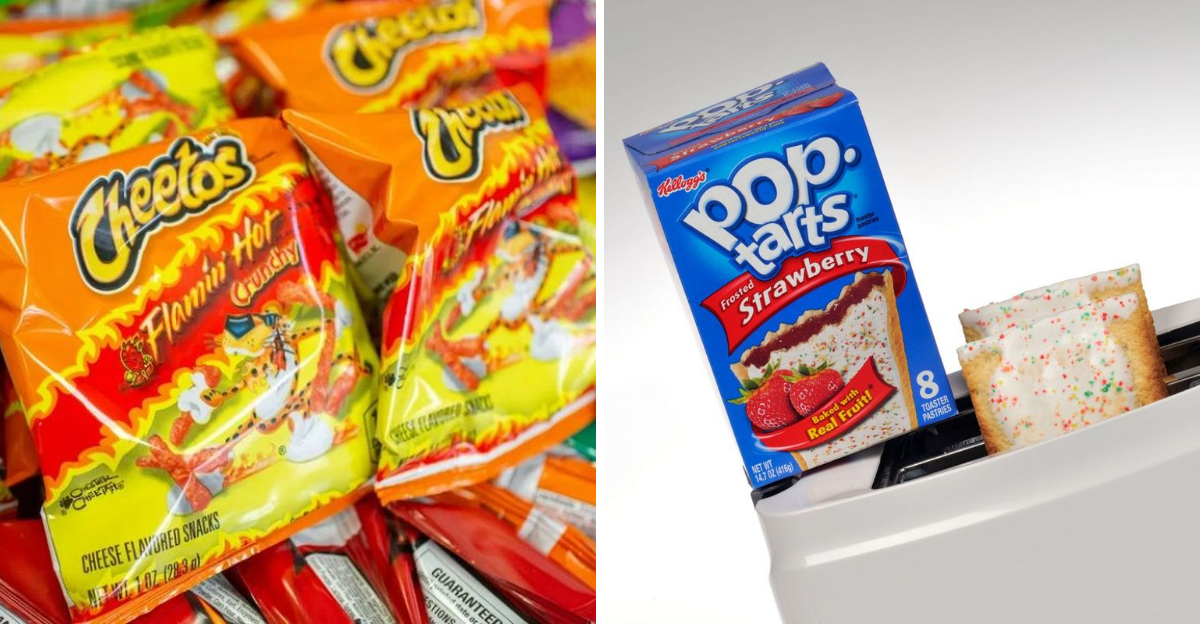
Explore the fascinating stories behind 25 beloved foods that nearly vanished from our plates. These culinary marvels faced rejection, neglect, or obscurity before becoming beloved staples in kitchens and restaurants worldwide.
1. Flamin’ Hot Cheetos
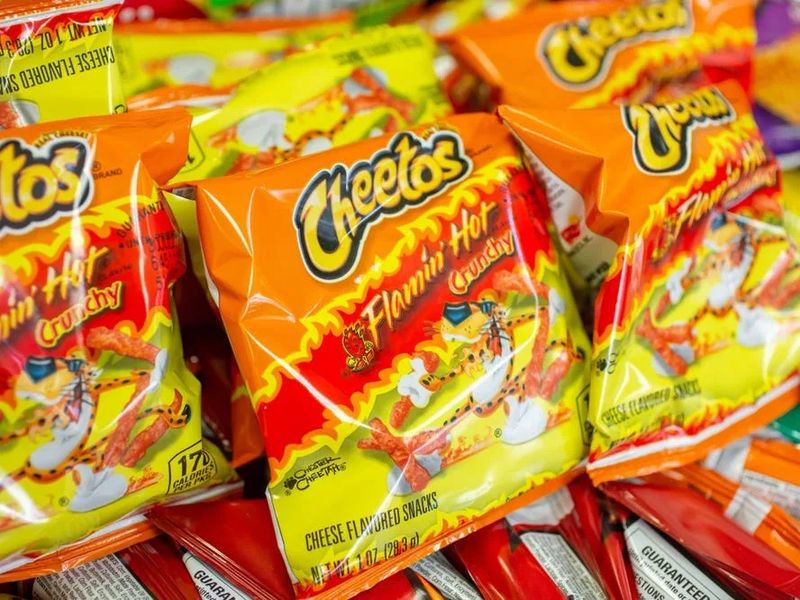
Flamin’ Hot Cheetos were born from a janitor’s brilliant idea. Originally rejected by Frito-Lay executives, the spicy snack only came to life after Richard Montañez, a janitor, pitched the concept. He saw a gap in the market for spicy chips and decided to season regular Cheetos with chili powder, creating a fiery sensation. The executives were skeptical at first, but his persistence paid off. Now, Flamin’ Hot Cheetos are a spicy empire, inspiring countless spin-offs and even a movie about their origin. Montañez’s story is a testament to creativity and perseverance.
2. Pop-Tarts
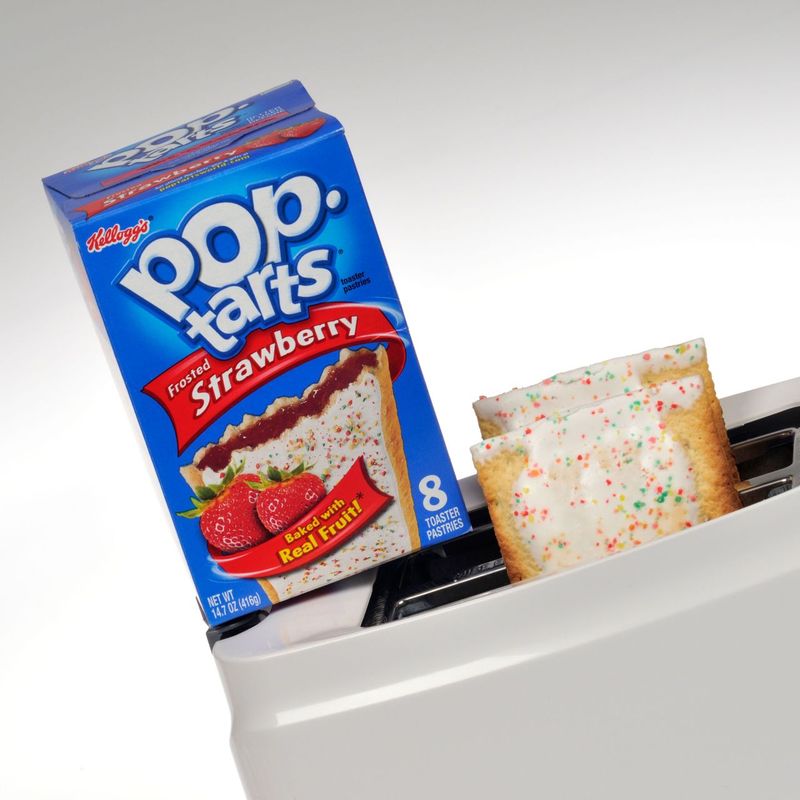
Pop-Tarts almost missed their moment in breakfast history. In the 1960s, Kellogg’s faced stiff competition from Post, who had developed a similar product. However, Post’s production delays allowed Pop-Tarts to take the lead. This convenient, toaster-ready breakfast item quickly captured the hearts of busy families, offering a sweet and easy start to the day. Over time, its popularity soared, leading to an explosion of flavors and innovations. Pop-Tarts became a cultural icon, beloved by children and adults alike for its nostalgic charm and sugary goodness.
3. Chicken McNuggets

Chicken McNuggets faced a rocky start before becoming a fast-food favorite. Tested in the 1970s, McDonald’s encountered supply chain issues that nearly derailed the project. Determined to succeed, the company invented a new method to process chicken, ensuring consistent quality and taste. When they finally hit the market, McNuggets were an instant success, loved for their crispy coating and tender interior. This innovation paved the way for a new era in fast food, demonstrating McDonald’s ability to adapt and innovate in the face of challenges.
4. Ben & Jerry’s Ice Cream
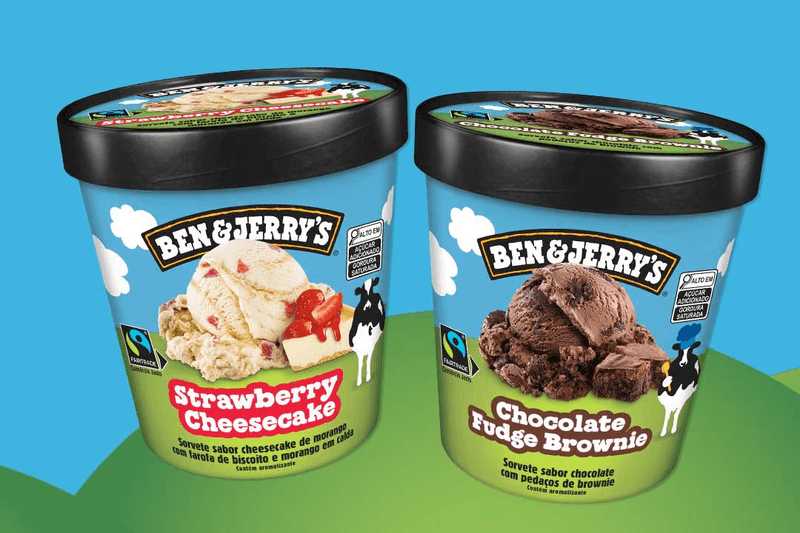
Ben & Jerry’s Ice Cream nearly melted away into obscurity during its early days. Starting in a converted gas station in Vermont, the business struggled through its first harsh winter. However, a local newspaper’s glowing review brought them much-needed attention. The brand’s unique approach, combining quirky flavors with social activism, resonated with customers. Today, Ben & Jerry’s is a global phenomenon, celebrated for its creamy texture and imaginative flavors. Its journey from humble beginnings to ice cream superstardom is a sweet tale of resilience and innovation.
5. Oreos

Oreos, now a cookie legend, started as a perceived knockoff. Launched by Nabisco in 1912, they were seen as an imitation of Hydrox cookies, which had hit the market first. However, Oreos’ creamier filling and better marketing strategy ultimately won over consumers. Over the decades, Oreos have evolved with numerous variations and flavors, becoming a beloved staple worldwide. While Hydrox faded into obscurity, Oreos continue to thrive, proving that sometimes the right mix of marketing and product innovation can turn the tables on competition.
6. Sriracha
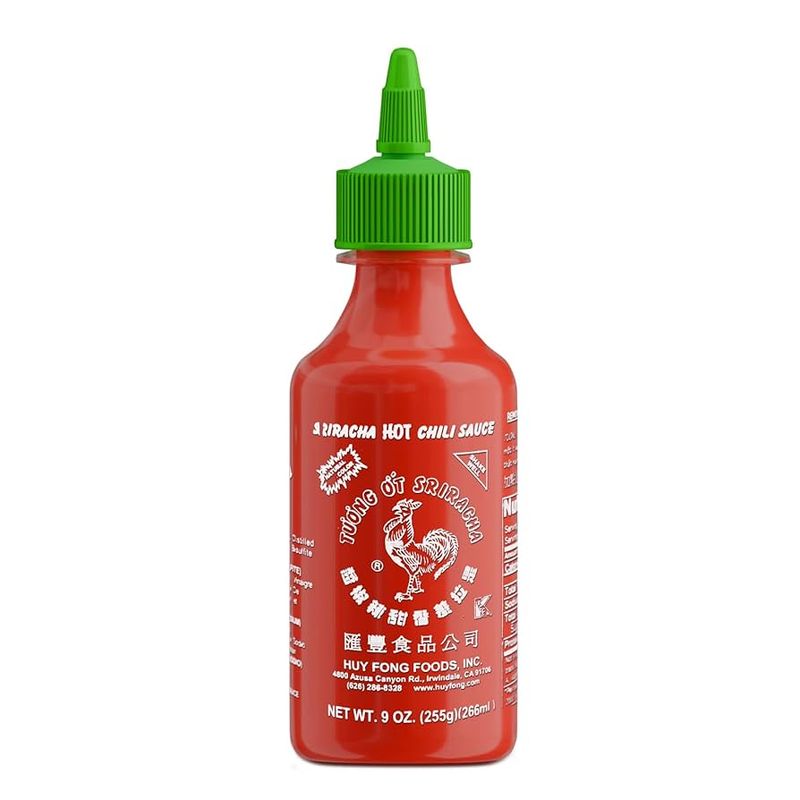
Sriracha faced years of niche recognition before becoming a global sensation. Created by Huy Fong Foods, the now-iconic rooster sauce struggled for mainstream attention. Initially popular among specific immigrant communities, it gradually gained a cult following. As word spread, the bright red sauce with its perfect balance of heat and sweetness found its way into households and restaurants. Today, Sriracha inspires cookbooks, chips, and even cocktails. Its rise from obscurity to culinary fame highlights the potential for niche products to capture the world’s taste buds.
7. Cup Noodles

Cup Noodles seemed destined for failure in the U.S. market. Introduced in the 1970s, the concept of instant ramen in a foam cup was considered too foreign and gimmicky. However, its convenience and affordability resonated with college students and busy workers. As more people embraced the quick meal, Cup Noodles became a staple in pantries across America. Its journey from skepticism to success is a testament to the changing tastes and lifestyles that continue to shape the food industry. Today, it’s a beloved comfort food enjoyed worldwide.
8. Taco Bell’s Crunchwrap Supreme
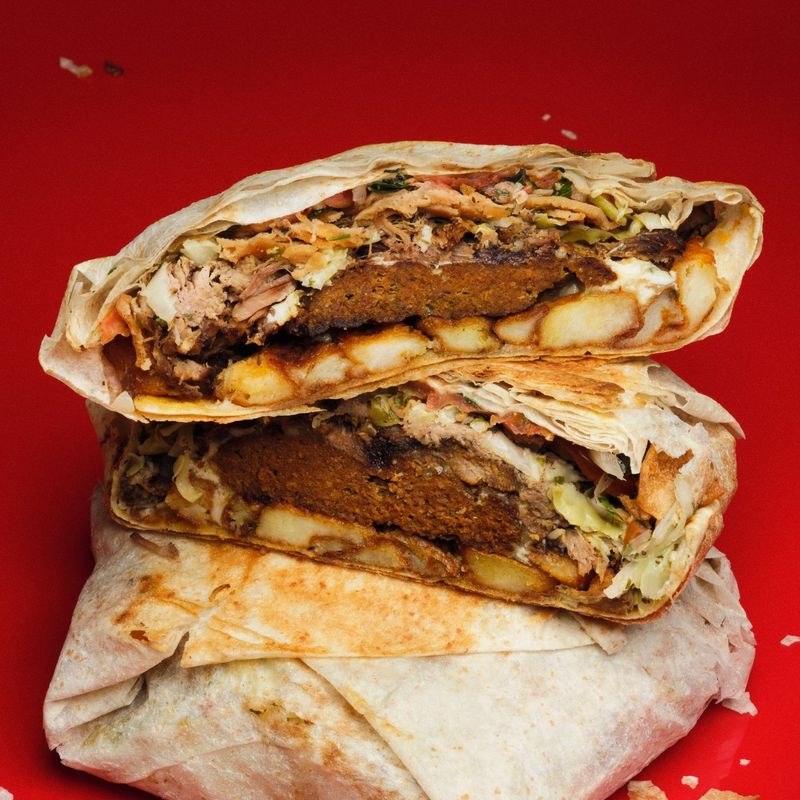
Taco Bell’s Crunchwrap Supreme almost didn’t reach the menu. This ingenious fusion of taco and burrito faced skepticism in testing. However, its unique combination of flavors and textures won over taste-testers. Once launched, it quickly became one of Taco Bell’s best-selling items, praised for its portability and satisfying crunch. The Crunchwrap Supreme’s success showcases how creativity can break new ground in fast food, offering something familiar yet exciting. Its journey from test kitchen to fan-favorite menu item is a crunchy testament to culinary innovation.
9. Coca-Cola Zero Sugar
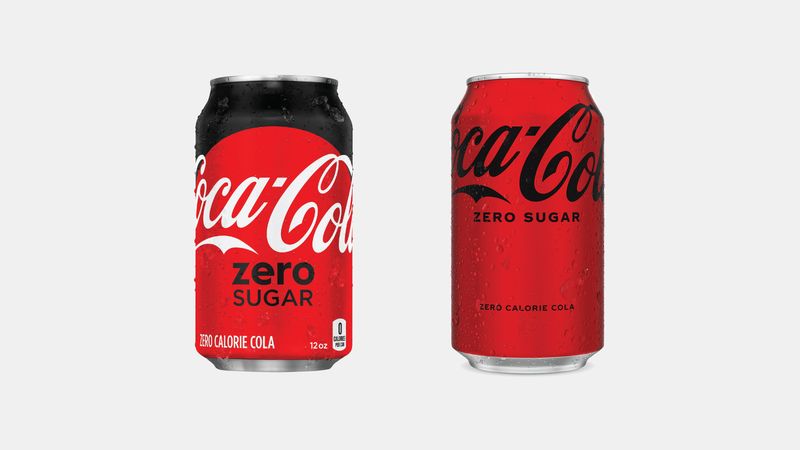
Coca-Cola Zero Sugar overcame doubt to dominate diet soda shelves. After the infamous “New Coke” debacle, people were wary of another major drink change. However, Coca-Cola Zero offered the taste of classic Coca-Cola without the sugar, appealing to health-conscious consumers. Its successful launch and growing popularity proved that innovation can win back consumer trust. Today, Coca-Cola Zero Sugar stands as a testament to the brand’s resilience and its ability to adapt to changing consumer preferences, offering a guilt-free soda experience.
10. Impossible Burgers
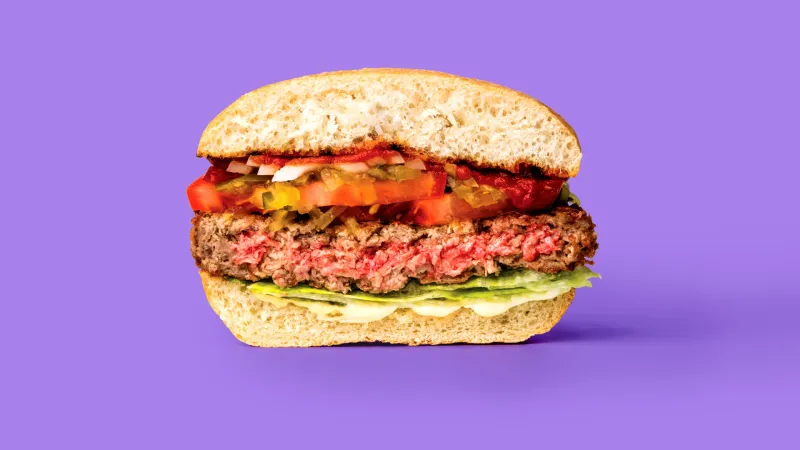
Impossible Burgers rewrote the rules for plant-based diets. The idea of a meatless burger that “bleeds” faced skepticism from investors and consumers alike. However, its realistic taste and texture soon won people over. As more diners and fine dining establishments embraced the product, Impossible Burgers became a symbol of the plant-based movement. This innovation not only offered a sustainable alternative to meat but also challenged perceptions of vegan food. Its remarkable journey from doubt to dining sensation highlights the power of innovation and changing consumer values.
11. Spam
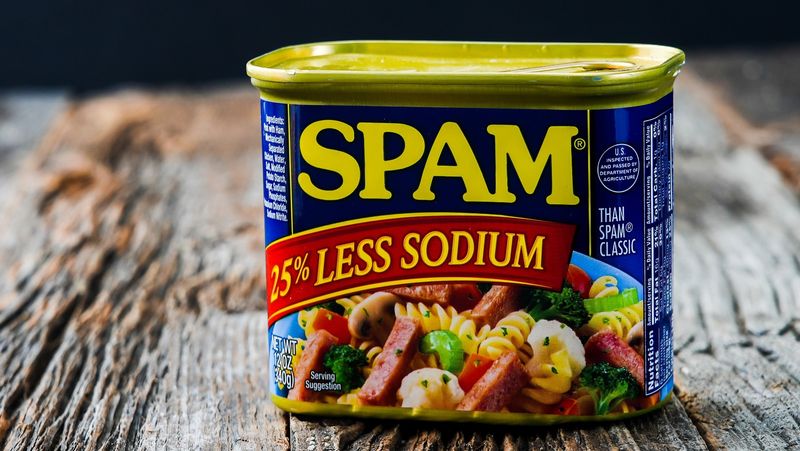
Spam’s journey to culinary fame is as versatile as the product itself. During WWII, American troops received Spam as a critical protein source, though not without complaint. Post-war, it transformed into a pantry staple, celebrated for its convenience and long shelf life. Across Asia and the Pacific, Spam found a devoted following, incorporated into local cuisines in creative ways. Its adaptability and unique taste have made Spam a beloved ingredient worldwide, proving that sometimes the most unlikely products win hearts through sheer persistence and versatility.
12. Nutella

Nutella’s creamy journey began with wartime necessity. Originally invented to stretch limited chocolate supplies during WWII, it started as a solid block of paste. The modern spread we know nearly faded away before its creamy transformation in the 1960s. Ferrero’s innovative change to a spreadable form captured hearts worldwide. Nutella became a breakfast staple and a decadent treat, adored for its rich, nutty flavor. Its journey from a wartime improvisation to a global phenomenon highlights the power of adaptation in the food industry.
13. Doritos
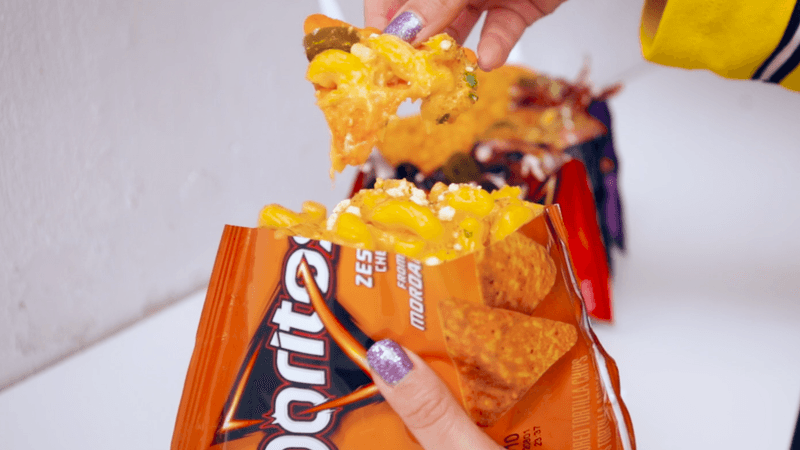
Doritos, now a snacking staple, began as literal trash. Leftover tortillas from Disneyland were reimagined when Frito-Lay decided to add cheese flavoring. Initially, the chips struggled to find a market. However, once their cheesy potential was unleashed, Doritos took off, becoming a beloved snack choice. Their bold flavors and crunchy texture have inspired a variety of adventurous new flavors. Doritos’ rise from discarded tortillas to global snack sensation is a testament to the power of creativity and a little bit of cheese.
14. Häagen-Dazs
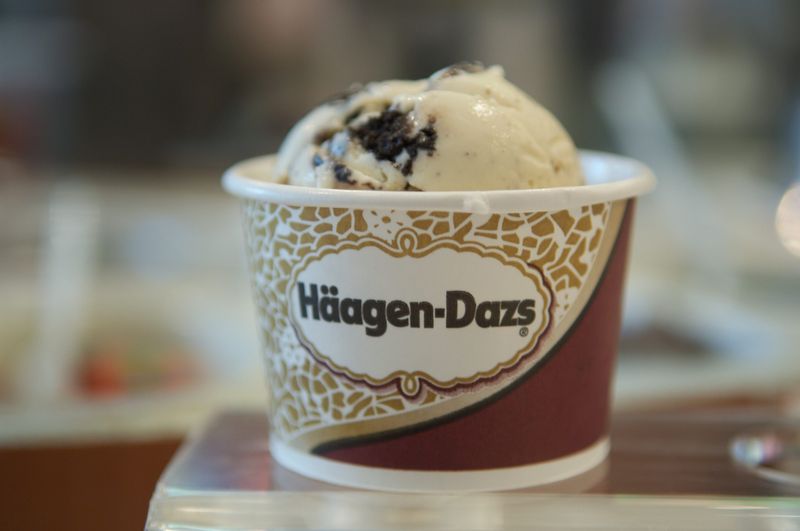
Häagen-Dazs, with its European-sounding name, is an American success story. Starting with just vanilla, chocolate, and coffee, the brand faced skepticism from retailers who deemed it too fancy for ordinary buyers. However, its rich, creamy texture and indulgent flavors quickly won over ice cream enthusiasts. Häagen-Dazs carved out a niche for premium ice cream, setting a high standard for quality and taste. Its journey from a single freezer to a global dessert icon underscores the potential for branding and quality to create lasting appeal.
15. Ranch Dressing
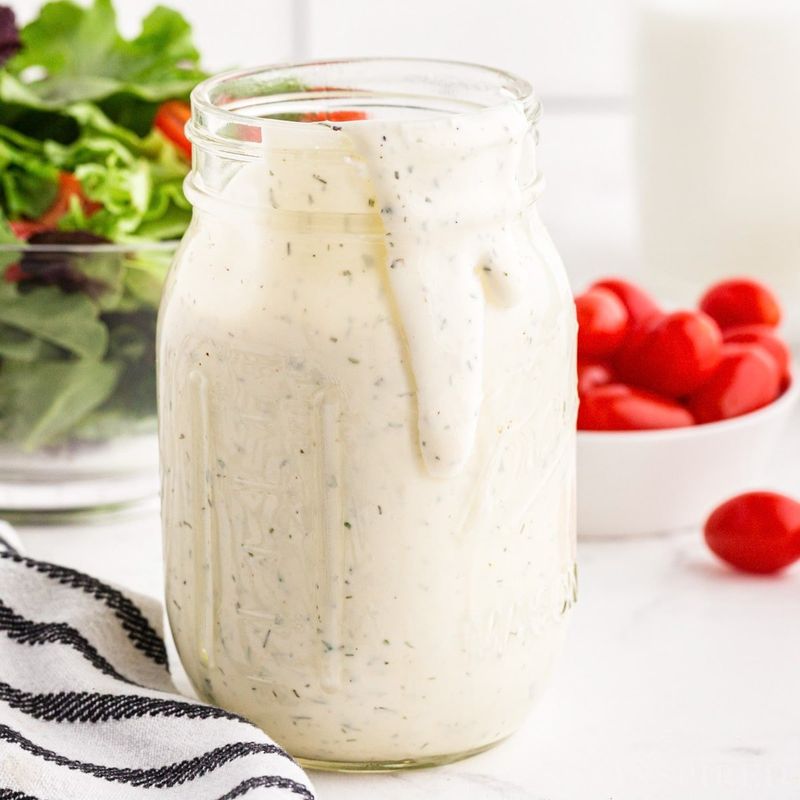
Ranch Dressing’s creamy rise to fame began on a California dude ranch. Initially a niche product, it struggled to find its place. However, once Hidden Valley Ranch hit supermarket shelves, its popularity soared. The tangy, herb-infused dressing became a favorite for salads and dips, beloved for its versatility. Ranch dressing’s journey from obscurity to nationwide sensation highlights its adaptability and appeal. Its creamy texture and flavorful profile have made it a staple in American kitchens, proving that sometimes the simplest ideas become culinary classics.
16. Red Bull

Red Bull’s energizing journey defied initial skepticism. Originating as a slightly medicinal drink from Thailand, it faced doubts in the U.S. market. However, its unique flavor and effective energy boost won over consumers, particularly athletes and students. Red Bull’s marketing strategies, including extreme sports sponsorships, further propelled it into the global spotlight. Today, it’s synonymous with energy drinks, dominating the market with its invigorating promise. Red Bull’s transformation from niche curiosity to billion-dollar beverage beast underscores the power of strategic branding and consumer engagement.
17. Tater Tots
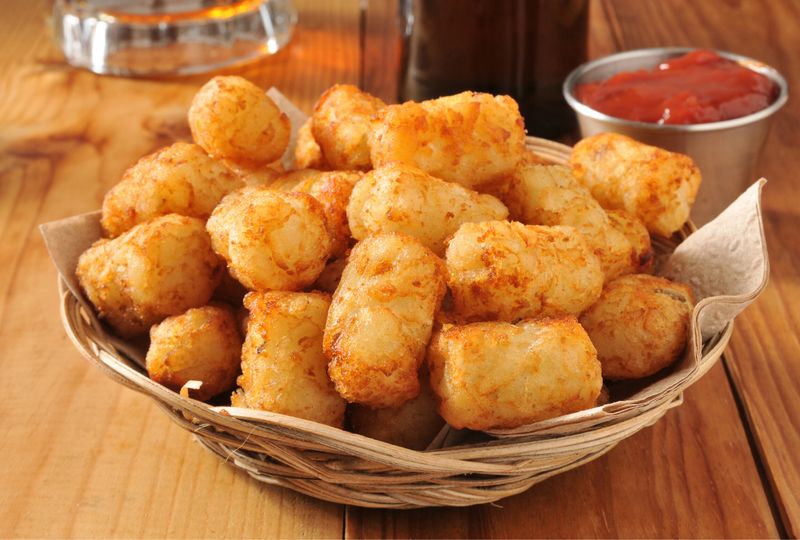
Tater Tots began as a creative solution to potato waste. Ore-Ida, seeking to utilize leftover potato bits, initially struggled to market these crispy morsels. However, a rebranding effort highlighted their fun, crispy texture, turning them into a popular side dish. The unique combination of taste and nostalgia has made Tater Tots a beloved addition to meals, from school cafeterias to upscale eateries. Their journey from potential waste to culinary delight underscores the importance of innovation and marketing in the food industry.
18. Tofu

Tofu, once seen as bland and unfamiliar in Western markets, has become a versatile staple. Initially met with skepticism, it was embraced by health-conscious consumers seeking plant-based protein. As culinary creativity expanded, tofu found its place in everything from vegan scrambles to gourmet dishes. Its ability to absorb flavors and provide a satisfying texture made it a favorite in diverse cuisines. Tofu’s transformation from niche health food to mainstream ingredient highlights the growing acceptance and innovation in plant-based diets.
19. Bagel Bites

Bagel Bites emerged from a risky culinary mashup in the 1980s. The idea of combining bagels with pizza toppings seemed unconventional. However, this frozen snack quickly captured the hearts of busy families and late-night snackers. Its nostalgic appeal and convenient size made it a household name. Bagel Bites’ success story is a delicious reminder of the potential for culinary innovation to spark joy and create lasting memories. This snack’s journey from quirky concept to beloved freezer staple highlights the enduring charm of creative food combinations.
20. Lucky Charms
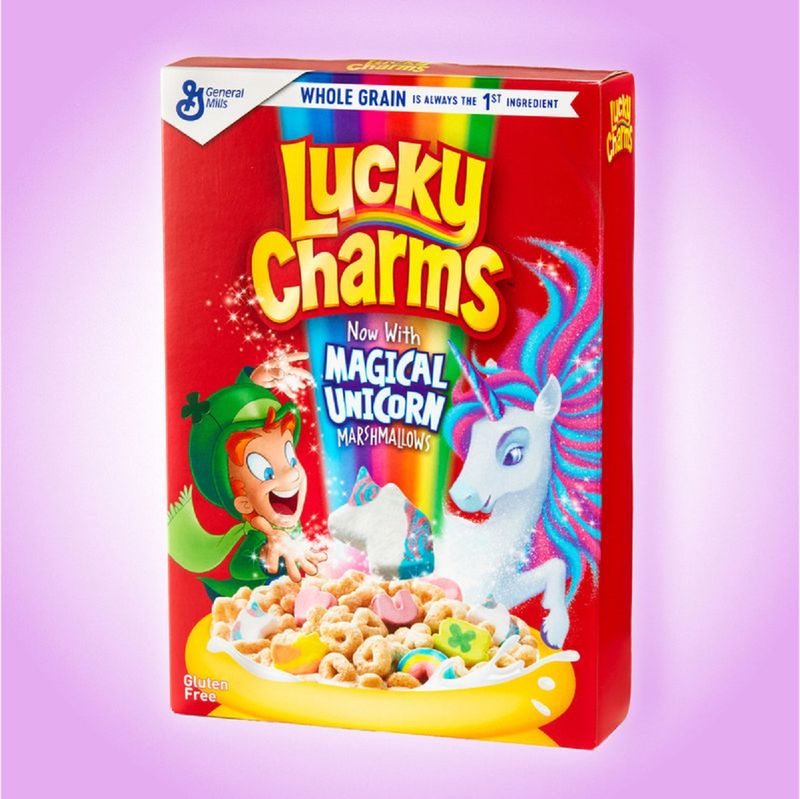
Lucky Charms charmed its way into breakfast bowls with a sprinkle of magic. Initially considered too sugary and unusual for breakfast, the cereal’s whimsical marshmallows and oat pieces won over children. Its playful leprechaun mascot and colorful appeal turned Lucky Charms into a breakfast staple. Over the years, its magical charm has only grown, with new marshmallow shapes adding to its allure. Lucky Charms’ journey from skepticism to cereal royalty underscores the power of fun and flavor in capturing the imagination of young and old alike.
21. Hot Pockets
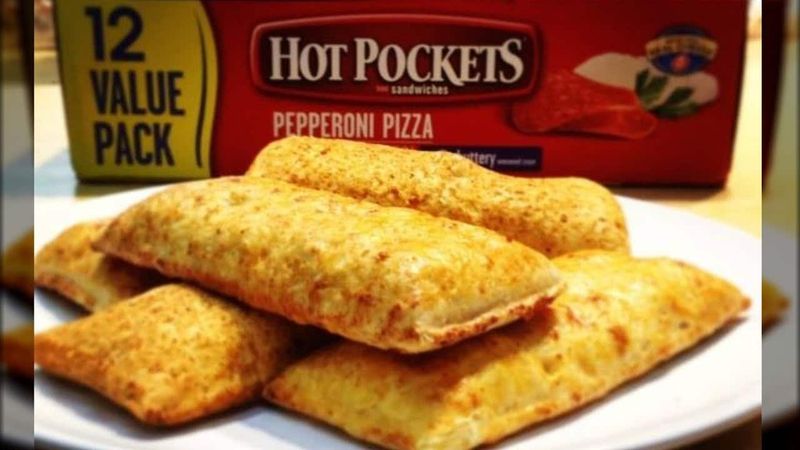
Hot Pockets heated up the frozen food aisle despite initial skepticism. Introduced in the 1980s, they were dismissed by microwave food snobs. However, working parents, students, and teenagers embraced the convenience and variety of fillings. Hot Pockets’ quick, satisfying meals became a staple for busy households and late-night cravings. Their journey from doubted newcomer to freezer favorite highlights the changing demands of modern life. Hot Pockets’ success story underscores the importance of convenience and adaptability in shaping consumer preferences.
22. Greek Yogurt (in the U.S.)
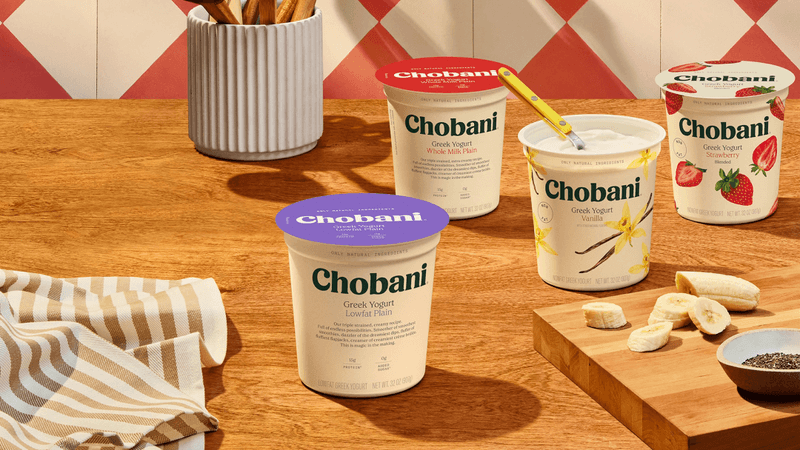
Greek Yogurt’s tart takeover in the U.S. faced initial challenges. Its thick texture and tangy flavor were unfamiliar to many. However, brands like Chobani introduced it as a protein-rich, health-conscious option. The wellness wave embraced Greek yogurt, appreciating its nutritional benefits and culinary versatility. It became a favorite in smoothies, parfaits, and savory dishes. Greek Yogurt’s transformation from niche product to health staple underscores the growing consumer interest in wholesome eating. Its rise reflects the increasing demand for nutritious, high-protein foods in modern diets.
23. Canned Pumpkin
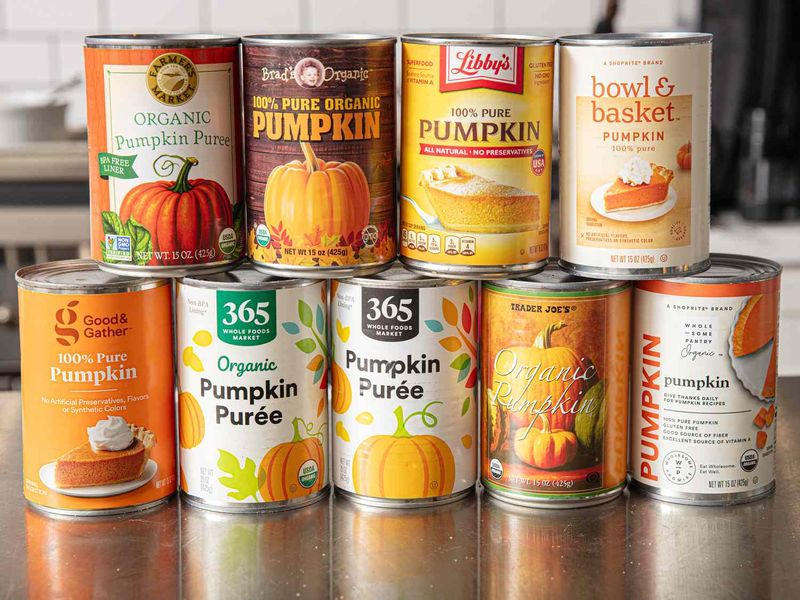
Canned Pumpkin’s seasonal appeal nearly vanished due to crop shortages in the early 2000s. However, its versatility and role in beloved recipes like pumpkin pie kept it on shelves. As autumn rolled around, demand surged, solidifying its place as a must-have for fall baking. Canned Pumpkin’s ability to evoke the essence of the season has made it indispensable in American kitchens. Its journey from scarcity to seasonal staple highlights the enduring appeal of tradition and nostalgia in food culture.
24. Pineapple on Pizza
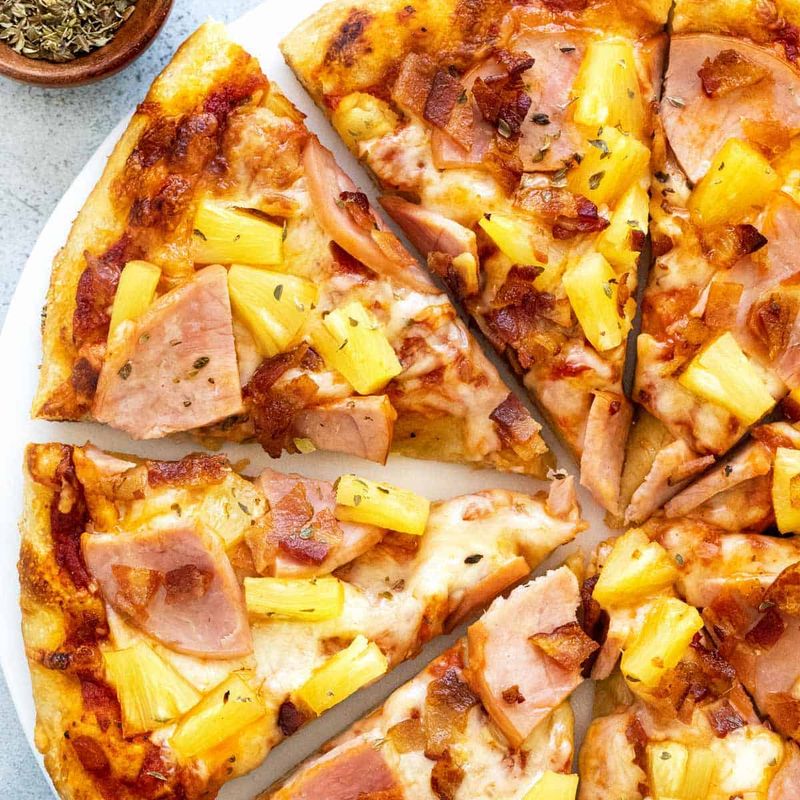
Pineapple on Pizza sparked culinary debate from its inception. Initially laughed off as “wrong,” this controversial topping found its fans. The sweet and savory combination of pineapple and ham on pizza, known as Hawaiian pizza, became a menu regular. Its existence continues to stir strong opinions, yet its popularity endures. Pineapple on Pizza’s journey from rejected topping to beloved choice demonstrates the diverse and evolving tastes in global cuisine. The ongoing debate only adds to its unique charm and enduring presence in pizzerias worldwide.
25. Breakfast Cereal in General

Breakfast cereal’s rise to morning dominance took a sweet turn. Originally considered a health cure, it shifted toward sugary mascots and morning cartoons. This transformation captured children’s imaginations, turning breakfast into a fun and flavorful experience. As marketing evolved, cereal became a staple in households, offering convenience and variety. Breakfast cereal’s journey from health remedy to childhood favorite underscores the power of branding and innovation in shaping consumer habits. Its enduring presence in pantries highlights the lasting appeal of combining nutrition and enjoyment.
